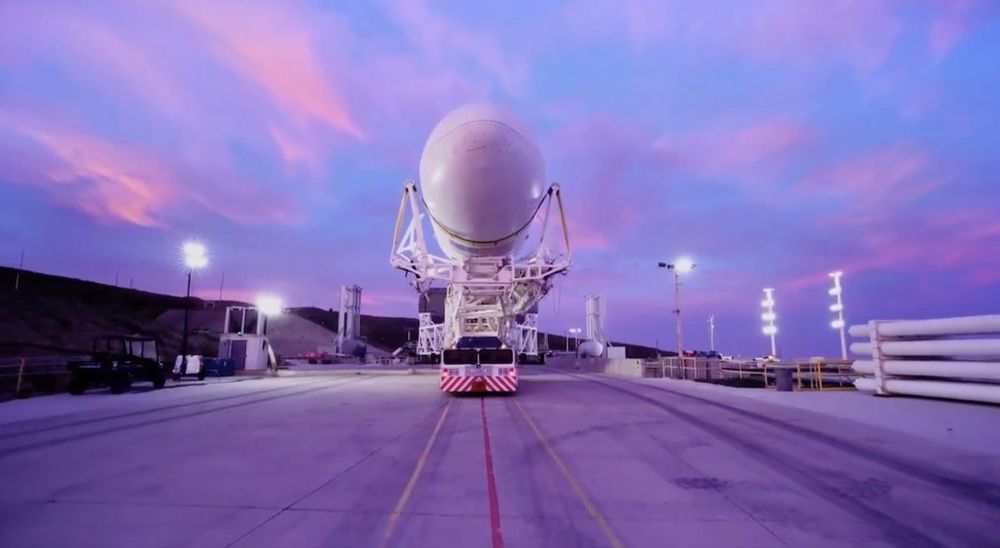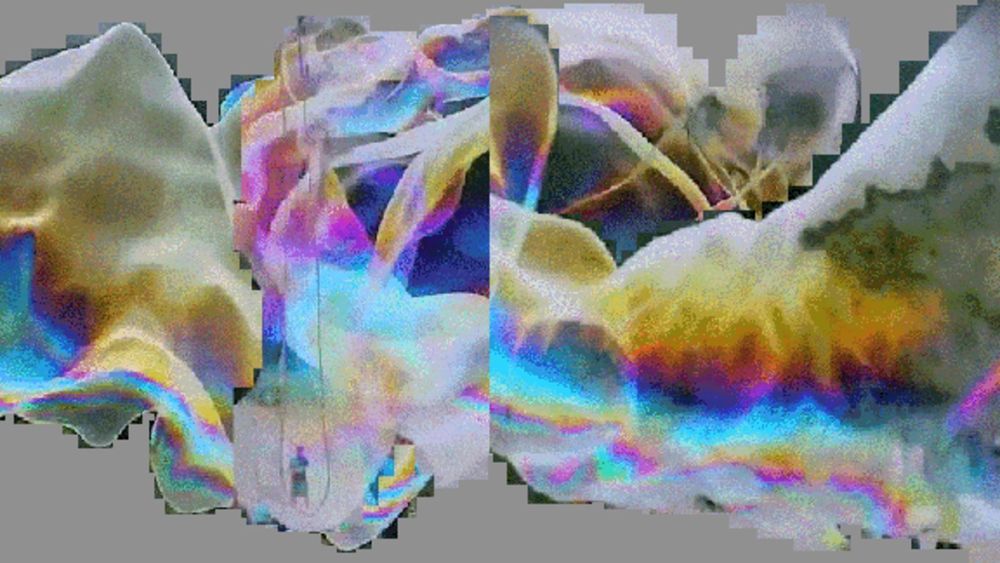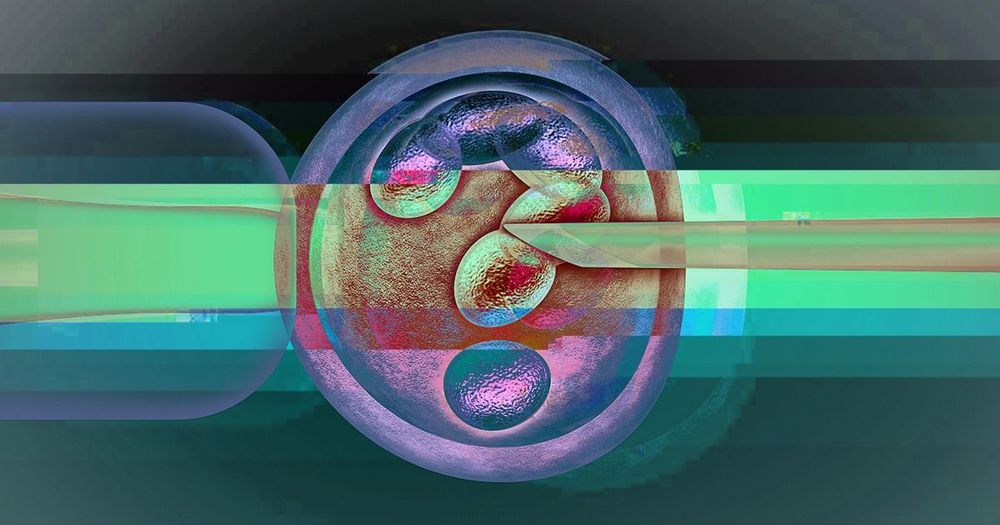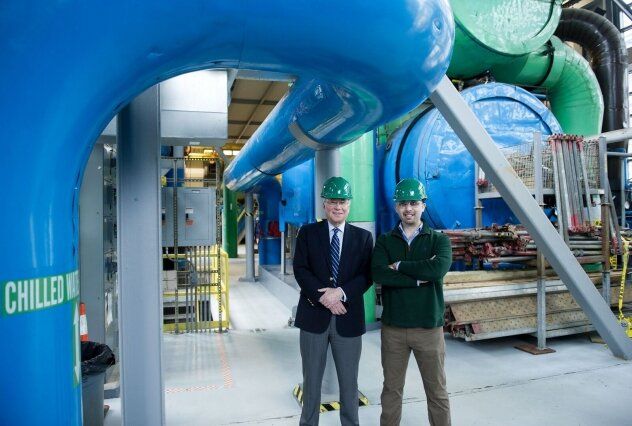The RCM mission will lift off at 10:17 a.m. EDT from California’s Vandenberg Air Force Base.
Any day now, quantum computers will solve a problem too hard for a classical computer to take on. Or at least, that’s what we’ve been hoping. Scientists and companies are racing toward this computing milestone, dubbed quantum supremacy and seemingly just beyond our reach, and if you’ve been following the quantum computing story, you might wonder why we’re not there yet, given all the hype.
The short answer is that controlling the quantum properties of particles is hard. And even if we could use them to compute, “quantum supremacy” is a misleading term. The first quantum supremacy demonstration will almost certainly be a contrived problem that won’t have a practical or consumer use. Nonetheless, it’s a crucial milestone when it comes to benchmarking these devices and establishing what they can actually do. So what’s holding us back from the future?
“I think I’m crazy enough to do it,” he told Nature.
Rebrikov plans to target CCR5, the same gene as He, which could theoretically make the babies immune to HIV. But experts say the risks and unknowns — including the possibility of premature death — vastly outweigh any potential benefits.
“The technology is not ready,” CRISPR-Cas9 co-inventor Jennifer Doudna told Nature of Rebrikov’s plans. “It is not surprising, but it is very disappointing and unsettling.”
Beewolves use a gas to preserve food
Posted in food
Scientists from the Universities of Regensburg and Mainz and the Max Planck Institute for Chemical Ecology discovered that the eggs of the European beewolf produce nitric oxide. The gas prevents the larvae’s food from getting moldy in the warm and humid brood cells. The results were published in the journal eLife.
Food stored in warm and humid conditions gets moldy very quickly and thus becomes inedible or even toxic. To prevent this, we use refrigerators and freezers as well as various other methods of preservation. Animals do not have such technical appliances and therefore need to find other ways to preserve food. The European beewolf Philanthus triangulum, a solitary wasp species whose females hunt honey bees, has evolved a successful method of food preservation. A female takes up to five honey bees into its brood cells where they serve as food for a young beewolf. Female beewolves prefer to build their nests in sunlit and sandy places. The nests are deep and therefore the brood cells are warm and humid. Such conditions are favorable for the development of the beewolf larvae; however, they also foster the growth of mold fungi. As a matter of fact, bees stored under such conditions in the lab were overgrown by mold within one to three days.
Almost every day, news headlines announce another security breach and the theft of credit card numbers and other personal information. While having one’s credit card stolen can be annoying and unsettling, a far more significant, yet less recognized, concern is the security of physical infrastructure, including energy systems.
“With a credit card theft, you might have to pay $50 and get a new credit card,” says Stuart Madnick, the John Norris Maguire Professor of Information Technologies at the Sloan School of Management, a professor of engineering systems at the School of Engineering, and founding director of the Cybersecurity at MIT Sloan consortium. “But with infrastructure attacks, real physical damage can occur, and recovery can take weeks or months.”
A few examples demonstrate the threat. In 2008, an alleged cyberattack blew up an oil pipeline in Turkey, shutting it down for three weeks; in 2009, the malicious Stuxnet computer worm destroyed hundreds of Iranian centrifuges, disrupting that country’s nuclear fuel enrichment program; and in 2015, an attack brought down a section of the Ukrainian power grid—for just six hours, but substations on the grid had to be operated manually for months.
Ben-Gurion University of the Negev (BGU) cyber security researchers have developed a new attack called Malboard evades several detection products that are intended to continuously verify the user’s identity based on personalized keystroke characteristics.
The new paper, “Malboard: A Novel User Keystroke Impersonation Attack and Trusted Detection Framework Based on Side-Channel Analysis,” published in the Computer and Security journal, reveals a sophisticated attack in which a compromised USB keyboard automatically generates and sends malicious keystrokes that mimic the attacked user’s behavioral characteristics.
Keystrokes generated maliciously do not typically match human typing and can easily be detected. Using artificial intelligence, however, the Malboard attack autonomously generates commands in the user’s style, injects the keystrokes as malicious software into the keyboard and evades detection. The keyboards used in the research were products by Microsoft, Lenovo and Dell.
“Hello? Who’s calling?” For many Americans these days, the call is coming from a “bot” or automated program that seeks to trick them into giving up money or important personal data.
The scourge of “robocalls” by the billions has prompted US regulators to adopt new rules allowing carriers to implement tools to block calls with suspicious origins.
The automated calls may tell respondents that they owe back taxes or other bills that need to be settled immediately, or direct them to call numbers where they are charged for the connection.
A key obstacle to controlling on Earth the fusion that powers the sun and stars is leakage of energy and particles from plasma, the hot, charged state of matter composed of free electrons and atomic nuclei that fuels fusion reactions. At the U.S. Department of Energy’s (DOE) Princeton Plasma Physics Laboratory (PPPL), physicists have been focusing on validating computer simulations that forecast energy losses caused by turbulent transport during fusion experiments.
Researchers used codes developed at General Atomics (GA) in San Diego to compare theoretical predictions of electron and ion turbulent transport with findings of the first campaign of the laboratory’s compact—or “low-aspect ratio”—National Spherical Torus Experiment-Upgrade (NSTX-U). GA, which operates the DIII-D National Fusion Facility for the DOE, has developed codes well-suited for this purpose.
Low-aspect ratio tokamaks are shaped like cored apples, unlike the more widely used conventional tokamaks that are shaped like doughnuts.








